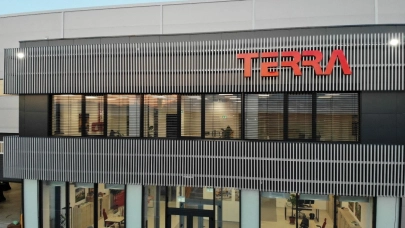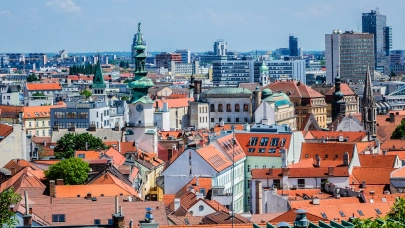
Countries in the Southeast Europe (SEE) region are making significant efforts to adapt EU regulations in order to attract international investors. Several nations have successfully utilized both domestic and foreign capital to improve infrastructure, and certain market segments have outperformed expectations, setting the stage for further development in the coming years. These insights were highlighted during CEE Property Forum 2024, held in Vienna at the end of November.
Verka Petkova-Shekerova, Country Head of Bulgaria at CBRE and chair of the panel emphasized the need for Southeast Europe to adopt an “antifragile” approach rather than merely striving for resilience. She pointed to strong market fundamentals and anticipated growth in developments and investment transactions, particularly as Bulgaria and Romania are set to join the Schengen Zone early next year. Additionally, Bulgaria’s proximity to joining the Eurozone could significantly boost its commercial real estate (CRE) market. Petkova-Shekerova also highlighted the immense investment opportunities available in a region where the real estate market remains unsaturated and yields are higher than interest rates.
Echoing her optimism, Yavor Kostov, Managing Partner at Cushman & Wakefield Forton, noted the potential for the industrial real estate sector to benefit from these changes. He envisioned the development of new industrial parks and logistics centres along key highways and transportation hubs. Rail transport infrastructure could also be enhanced, creating intermodal hubs to facilitate regional connectivity.
Building on this theme, Maja Šubic, Partner at Senica & Partners, discussed the tireless efforts of SEE countries to align their legal frameworks with EU standards. According to Šubic, these regulatory adjustments could encourage international investors to reassess their plans for the region. She singled out Croatia and Serbia as frontrunners in this effort, with other countries working to follow their lead.
Pere Mioč, Partner in Tax Advisory at Forvis Mazars, provided insights into the legal and tax frameworks influencing investment potential in the region. While generous tax incentives—such as low corporate income taxes in Serbia and Croatia—make the region attractive, challenges persist. Mioč shared an example of a deal where differing interpretations of tax incentives created valuation discrepancies. He cautioned that foreign investors should account for local complexities and emphasized the importance of involving knowledgeable local partners to navigate the nuances of doing business in SEE.
Jovana Martinović, MRICS and Deputy CEO at Merin Group, expressed confidence that perceived risks for non-resident investors may be lower than expected. She highlighted opportunities in less traditional submarkets such as residential and senior living, where demand is growing exponentially. Martinović also noted the potential for substantial capital inflows into Serbia’s hotel sector, driven by the upcoming EXPO in Belgrade in 2027. Over ten new four- and five-star hotels are expected to be developed in the next two years, with local developers already seeking government subsidies to kickstart projects.
Panelists agreed that large-scale projects in the region depend on robust financial support, particularly from banks. Nikolina Vukelić, Head of the Real Estate Unit at Zagrebačka Banka, emphasized that international banking groups are eager to finance high-quality projects, particularly in logistics and residential developments in major cities.
Maja Ostanek, MRICS and Director at ALFI Real Estate Fund, anticipated increased interest from Central and Eastern European (CEE) investors in SEE submarkets. She identified Slovenia and Croatia as the most stable and secure markets for hospitality, retail, logistics, and residential sectors. According to Ostanek, local real estate funds stand to benefit from growing international activity in the region.
However, challenges remain. Kostov observed that international investors tend to favour traditional asset classes such as offices, hotels, retail, and logistics, rather than alternative investments like data centres. “The logistics market is overheated and overpriced. Large international investors are likely to gravitate toward classic assets, particularly retail parks and shopping centres, while high-street retail continues to be overlooked,” he explained.
He expressed scepticism about the rapid expansion of data centres in the region, noting, “I doubt they will grow as quickly or on the scale expected. Investors will likely return to more familiar asset classes, as alternative investments often come with higher risk appetites.”
Overall, the panellists highlighted both opportunities and challenges in the SEE real estate market, underscoring the importance of regulatory alignment, financial support, and local expertise to unlock the region’s potential.



